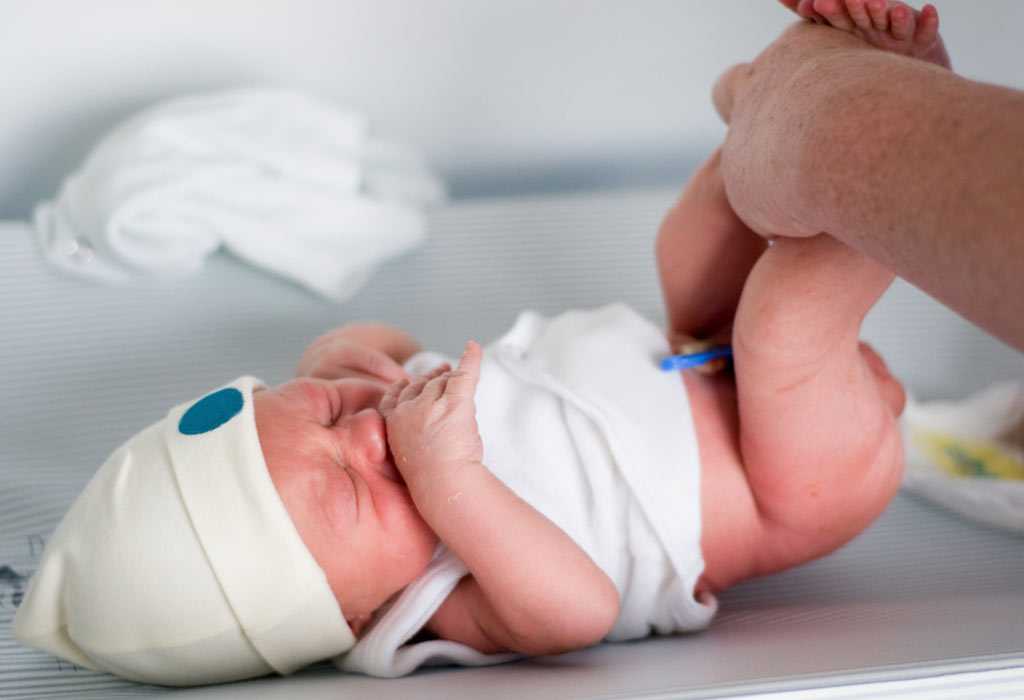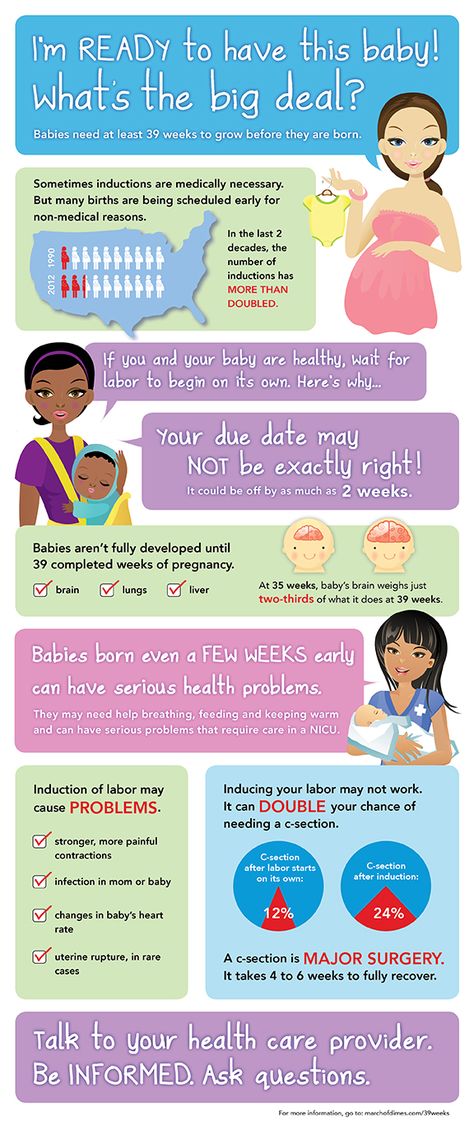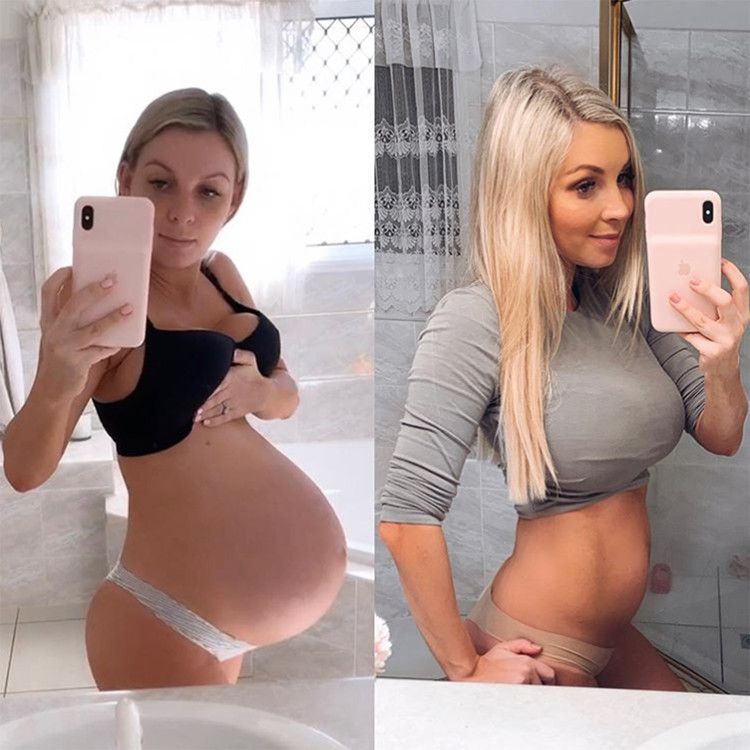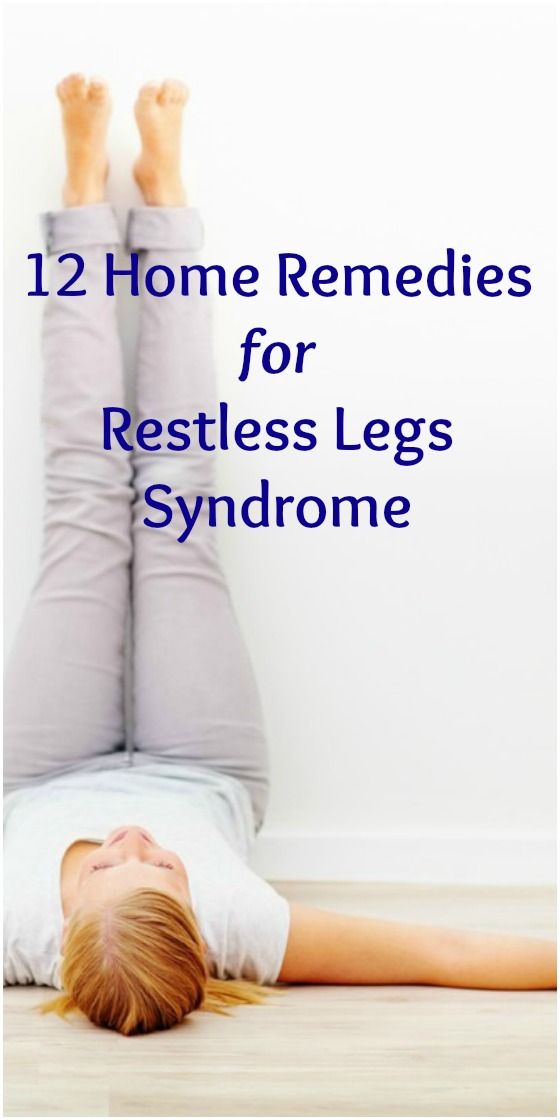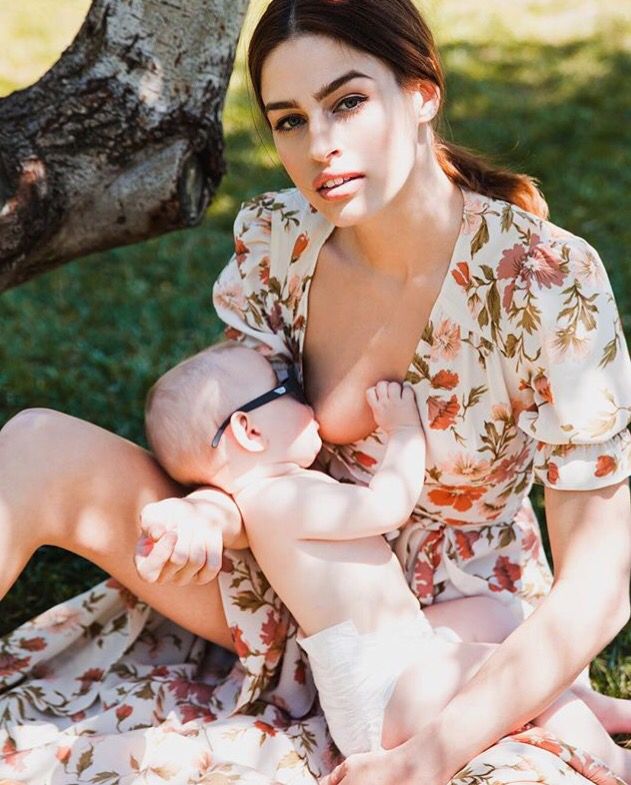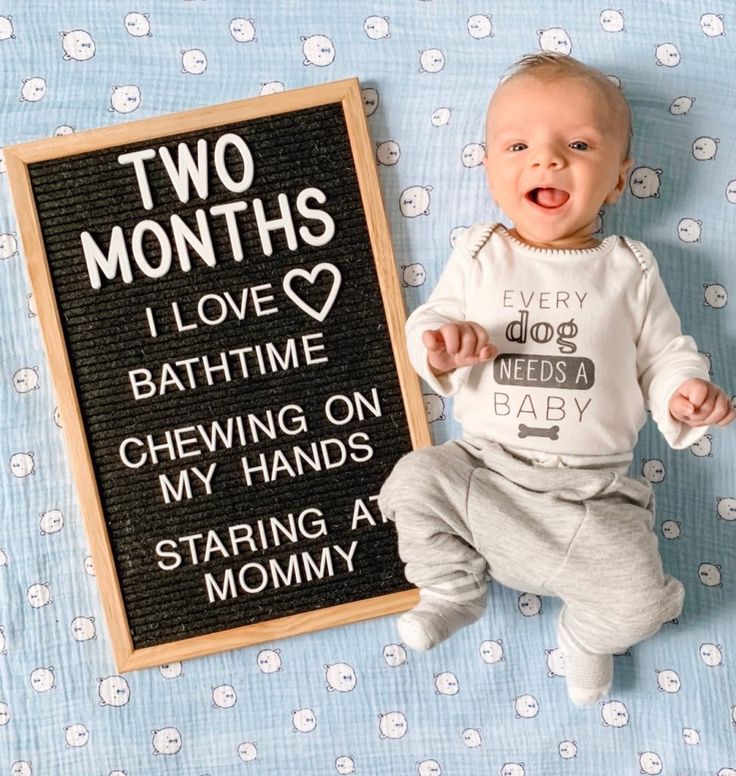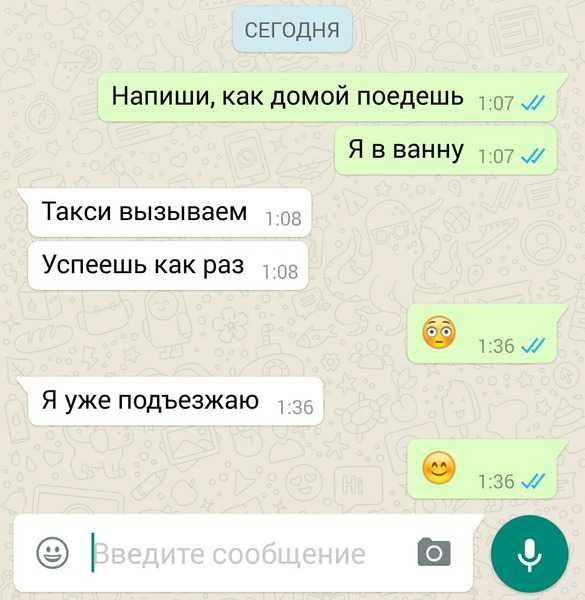How to care for umbilical cord when it falls off
The Umbilical Cord Fell Off, What Should I Do?
You’ve been peeping at your baby’s umbilical cord at every diaper change with a mixture of fascination and, well, a little disgust. After all, the little stump is a souvenir of the 9 months you spent with a special connection, even if it’s looking a little gross these days.
Now that umbilical cord is about to fall off. You may wonder when it should happen and whether the blood or discharge you see is normal. Learn more about what to expect below.
You can expect the cord to fall off between 5 and 15 days after your baby is born. Around 2 weeks is the average amount of time, but sometimes the cord may fall off a little earlier or later. This is perfectly normal.
As you watch the shiny yellow cord turn gray-black, you may be tempted to wiggle the cord a little just to hurry things along, especially when it seems loose. Resist the temptation and let nature take the lead.
Until recently, parents were instructed to gently swab the umbilical cord area with 70% alcohol. And that’s still OK, particularly in areas with fewer resources and higher infection risk. But the winds of change have blown, and there’s good news for those who cringe about swabbing: Alcohol swabs are passé.
Alcohol swabs may actually kill the industrious bacteria that help the cord to dry and detach. A 2016 study showed that best practice is to keep the area clean and dry. Here’s how to do that:
- Use a cotton swab or washcloth dampened with water (and soap if you must) to wipe away any blood or secretions. Don’t worry — a few drops of blood and clear secretions are totally fine. The area is healing.
- Dab the area dry. There are no nerve endings in the navel cord, so your baby won’t feel any pain.
- Keep the front of your baby’s diaper folded down (or use diapers with an umbilical cord peephole) so that the area is open to the air.
- Dress your baby in loose clothing so that the cord is exposed and can dry out. Instead of snap-crotch one-piece styles, go for kimono-style undershirts that allow more air circulation.
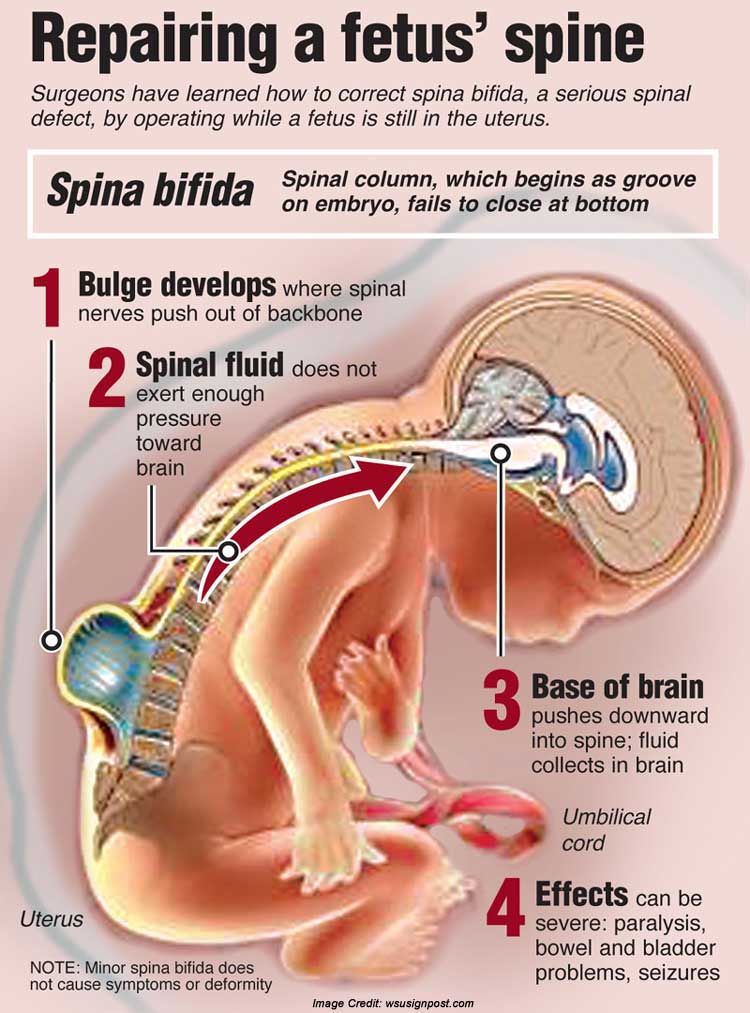
- Stick with sponge baths to make it easier to keep the cord dry. Once it has detached, your baby can kick in a tub.
One fine diaper change, you’ll find out that the dried out umbilical cord has detached. Celebrate one of your baby’s first milestones and that adorable little belly button! Caring for the navel area is easy:
- Wipe away any remaining secretions with a dampened washcloth and pat dry.
- Stick to sponge baths for a couple of days longer and then let your baby indulge in a tub.
Slight bleeding is perfectly normal. This is part of the healing process. You may also notice some pink scar tissue or a bit of clear yellow discharge. This is also perfectly normal.
Fortunately, the chances of an infected umbilical cord are very low. Only 1 out of 200 infants experience omphalitis (an infection of the umbilical stump and surrounding area). But doctors do suggest keeping a careful watch on your baby’s navel area anyway for the first few weeks after birth.
This is especially true if your baby is a preemie or has low birth weight or the cord fell off early.
You may see a red lump where the cord fell off that could be covered in clear or yellow discharge. This is known as an umbilical granuloma. If you notice this, keep the area clean and dry and let your pediatrician know. Addressing the granuloma can help to prevent infection.
Also contact your pediatrician if you see any of the following symptoms:
- red and swollen navel area
- a lump on or near the umbilical cord
- pus instead of a little clear discharge in the area
- bleeding instead of a little dried blood
- irritability, refusal to eat, or fever in your baby
Dry care for speedy umbilical cord detachment wins, hands down! The hands-off approach to cord care should give you a little more time to spend enjoying your time with your new arrival.
The Umbilical Cord Fell Off, What Should I Do?
You’ve been peeping at your baby’s umbilical cord at every diaper change with a mixture of fascination and, well, a little disgust. After all, the little stump is a souvenir of the 9 months you spent with a special connection, even if it’s looking a little gross these days.
After all, the little stump is a souvenir of the 9 months you spent with a special connection, even if it’s looking a little gross these days.
Now that umbilical cord is about to fall off. You may wonder when it should happen and whether the blood or discharge you see is normal. Learn more about what to expect below.
You can expect the cord to fall off between 5 and 15 days after your baby is born. Around 2 weeks is the average amount of time, but sometimes the cord may fall off a little earlier or later. This is perfectly normal.
As you watch the shiny yellow cord turn gray-black, you may be tempted to wiggle the cord a little just to hurry things along, especially when it seems loose. Resist the temptation and let nature take the lead.
Until recently, parents were instructed to gently swab the umbilical cord area with 70% alcohol. And that’s still OK, particularly in areas with fewer resources and higher infection risk. But the winds of change have blown, and there’s good news for those who cringe about swabbing: Alcohol swabs are passé.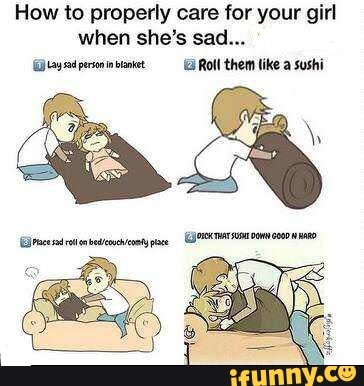
Alcohol swabs may actually kill the industrious bacteria that help the cord to dry and detach. A 2016 study showed that best practice is to keep the area clean and dry. Here’s how to do that:
- Use a cotton swab or washcloth dampened with water (and soap if you must) to wipe away any blood or secretions. Don’t worry — a few drops of blood and clear secretions are totally fine. The area is healing.
- Dab the area dry. There are no nerve endings in the navel cord, so your baby won’t feel any pain.
- Keep the front of your baby’s diaper folded down (or use diapers with an umbilical cord peephole) so that the area is open to the air.
- Dress your baby in loose clothing so that the cord is exposed and can dry out. Instead of snap-crotch one-piece styles, go for kimono-style undershirts that allow more air circulation.
- Stick with sponge baths to make it easier to keep the cord dry. Once it has detached, your baby can kick in a tub.
One fine diaper change, you’ll find out that the dried out umbilical cord has detached.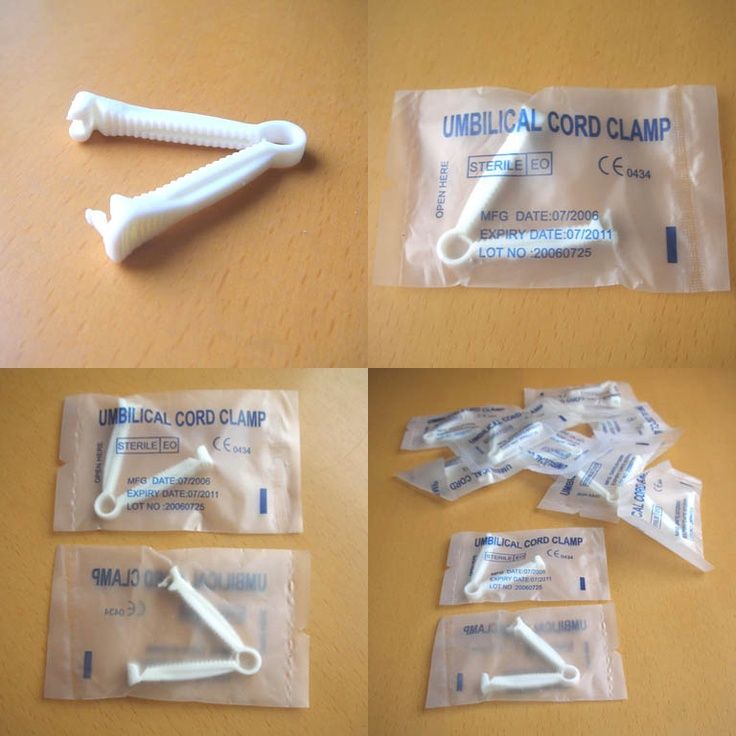 Celebrate one of your baby’s first milestones and that adorable little belly button! Caring for the navel area is easy:
Celebrate one of your baby’s first milestones and that adorable little belly button! Caring for the navel area is easy:
- Wipe away any remaining secretions with a dampened washcloth and pat dry.
- Stick to sponge baths for a couple of days longer and then let your baby indulge in a tub.
Slight bleeding is perfectly normal. This is part of the healing process. You may also notice some pink scar tissue or a bit of clear yellow discharge. This is also perfectly normal.
Fortunately, the chances of an infected umbilical cord are very low. Only 1 out of 200 infants experience omphalitis (an infection of the umbilical stump and surrounding area). But doctors do suggest keeping a careful watch on your baby’s navel area anyway for the first few weeks after birth.
This is especially true if your baby is a preemie or has low birth weight or the cord fell off early.
You may see a red lump where the cord fell off that could be covered in clear or yellow discharge.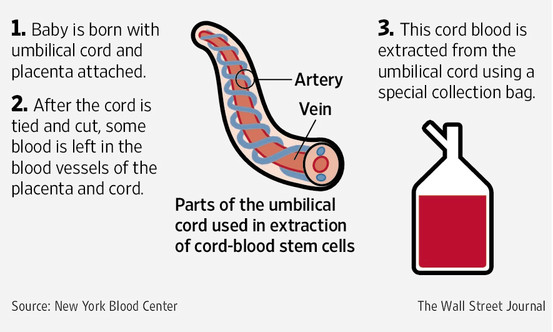 This is known as an umbilical granuloma. If you notice this, keep the area clean and dry and let your pediatrician know. Addressing the granuloma can help to prevent infection.
This is known as an umbilical granuloma. If you notice this, keep the area clean and dry and let your pediatrician know. Addressing the granuloma can help to prevent infection.
Also contact your pediatrician if you see any of the following symptoms:
- red and swollen navel area
- a lump on or near the umbilical cord
- pus instead of a little clear discharge in the area
- bleeding instead of a little dried blood
- irritability, refusal to eat, or fever in your baby
Dry care for speedy umbilical cord detachment wins, hands down! The hands-off approach to cord care should give you a little more time to spend enjoying your time with your new arrival.
Daily care of a newborn » KGBUZ "Taimyrskaya MRB"
Basic procedures - we will talk about these basic procedures for caring for a newborn in our article.
When it comes time to return home with a newborn from the maternity hospital, every mother begins to worry about how she will take care of her child without the help and competent advice of medical staff.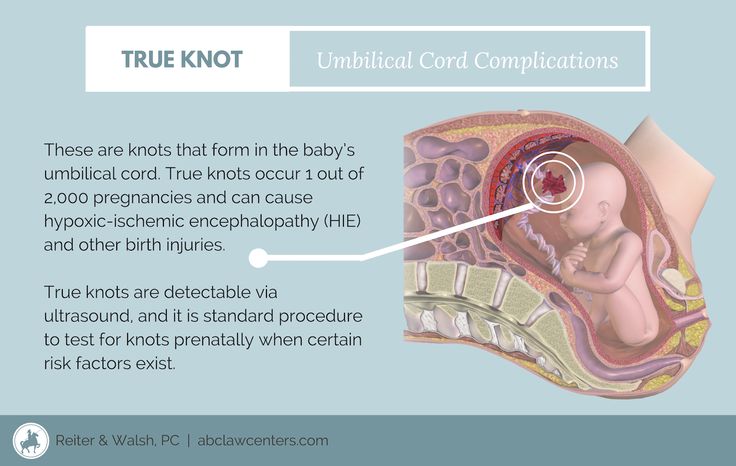
Without exception, all mothers are worried about whether they will be able to provide their child with the care necessary for his healthy growth: properly bathe the baby, cut off his nails, treat the umbilical wound.
Therefore, before mothers cross the threshold of their home, they have many questions about caring for a child: is it worth washing the baby after each urination, what is the best way to treat the navel: brilliant green or calendula tincture?
Today we will try to find answers to the main questions about the hygiene of the child and talk about the basic procedures for daily care of the baby.
Newborn's morning toilet
Like every person, a baby should wash his face in the morning, of course, his mother should help him in this.
After the newborn wakes up, strip him naked, let him lie naked for a while - this is good for the baby's skin. Then carefully examine the baby, check for redness on the skin, prickly heat. If there is, then prepare a baby cream to lubricate problem areas after washing the baby.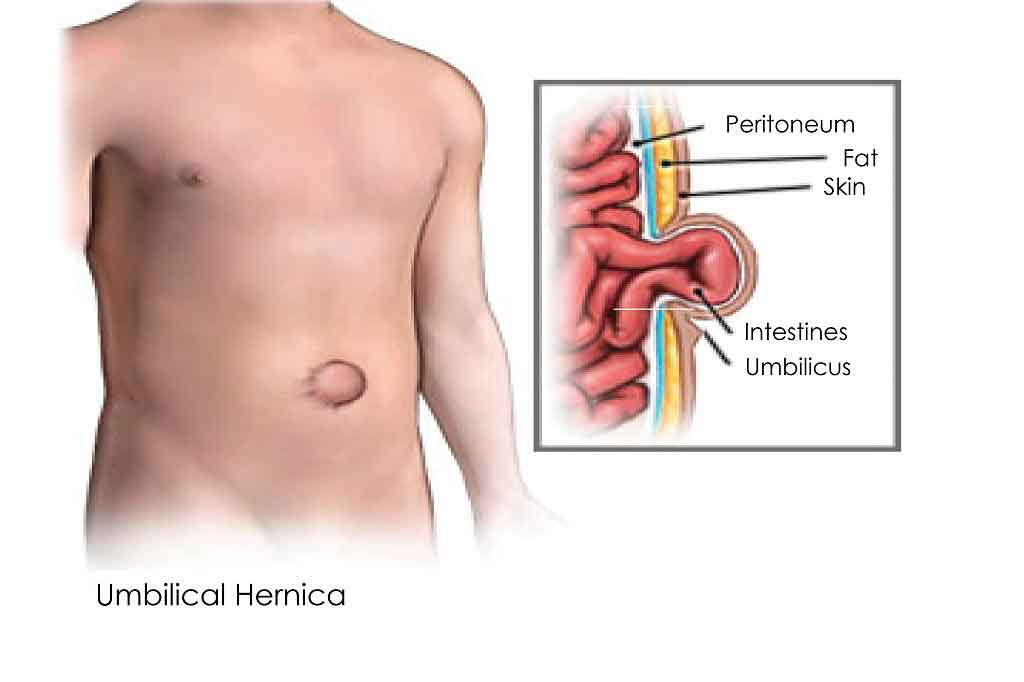
The baby is washed with cotton pads soaked in warm boiled water. Washing the newborn is carried out from top to bottom.
Wipe your baby's eyes from the outer edge to the inner. For the hygiene of each eye, it is recommended to take a new cotton pad.
Gently wipe the baby's face with a damp cotton pad, the outside of the ears, the skin behind the ears, and the neck.
Listen to the baby's breathing, it should be free. If breathing is difficult, clear your baby's nose. To do this, you can use a special saline solution for children under one year old and an aspirator (a device that helps suck out mucus).
You can also use two small cotton swabs soaked in baby oil to remove scabs from your nose. The flagella must be carefully inserted alternately into each nostril of the child's nose and scrolled several times. If the baby's nose breathes well, then it does not need to be cleaned.
Then it is necessary to wipe all the folds of the baby's skin with a damp cotton pad, change the child's dirty diaper to a clean one, washing the baby or using baby wipes to cleanse the skin.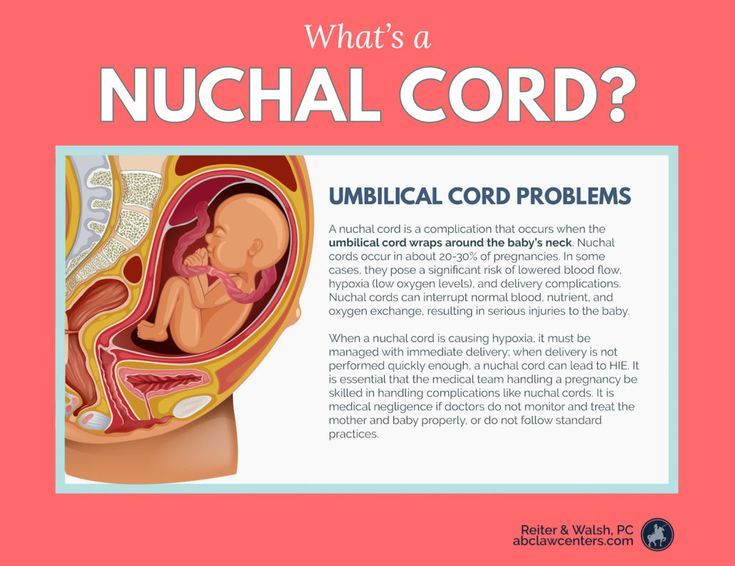
Caring for the umbilical wound
During the newborn period, the umbilical wound is a special place on the body of a child, it requires careful care.
As a rule, the umbilical wound is treated once a day, this can be done after bathing, when all the crusts are soaked from the water and the mucus is washed out.
How to treat the navel of a newborn? There are several ways to treat the umbilical wound, each of them is quite effective: dry the navel for a few minutes;
Advice on which navel cleaning method to use is usually given by the nurses at the maternity hospital, as well as by the health visitor who will visit your baby during the first month of life.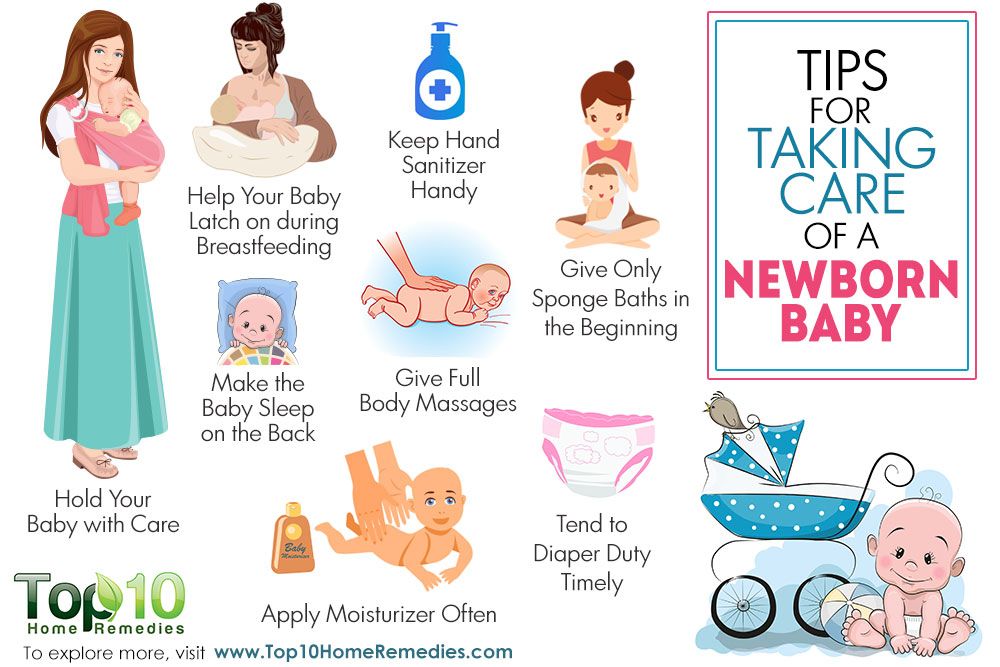
Important! If you notice that the skin around the umbilical wound is inflamed, be sure to consult a doctor.
If you see that the umbilical wound does not heal within a month, it is better to take the child to the doctor. Usually, up to 14 days of life, the umbilical residue disappears and the wound heals.
Washing the newborn
Wash your baby under running water after each bowel movement.
It is convenient to wash your newborn like this:
Place the baby on your stomach on your left palm facing you or with his back on your forearm with his head towards you.
Place the child's lower body under running water.
Lather baby's buttocks and genitals with baby soap (liquid soap for babies is better, it's easier to use).
Then rinse the soap thoroughly with water, pat the baby's skin dry with a towel or diaper.
If the baby has just urinated into the diaper, then you can not wash it, but use wet wipes when changing the diaper. Choose special baby wipes that are fragrance- and alcohol-free.
Choose special baby wipes that are fragrance- and alcohol-free.
Changing diapers
Most often, mothers use disposable diapers for baby care. There are a few simple rules that are important to follow in this case:
When using them, remember that the child should not be in one disposable diaper for more than 4 hours.
Putting a diaper on a newborn should be done in such a way that the umbilical cord is not covered. This is necessary for the fastest healing of the umbilical wound.
It is desirable that a few hours a day the baby just lie on the diaper without a diaper, so that the skin can breathe.
It is also important to ensure that diaper rash does not form on the skin under the diaper. To prevent diaper rash, it is necessary to dress the baby according to the weather, that is, do not overheat it, and you can also use a special diaper cream.
If diaper rash has already formed, you need to see a doctor, he will recommend a remedy for their healing, most likely it will be a cream containing dexpanthenol, an effective healing medicine.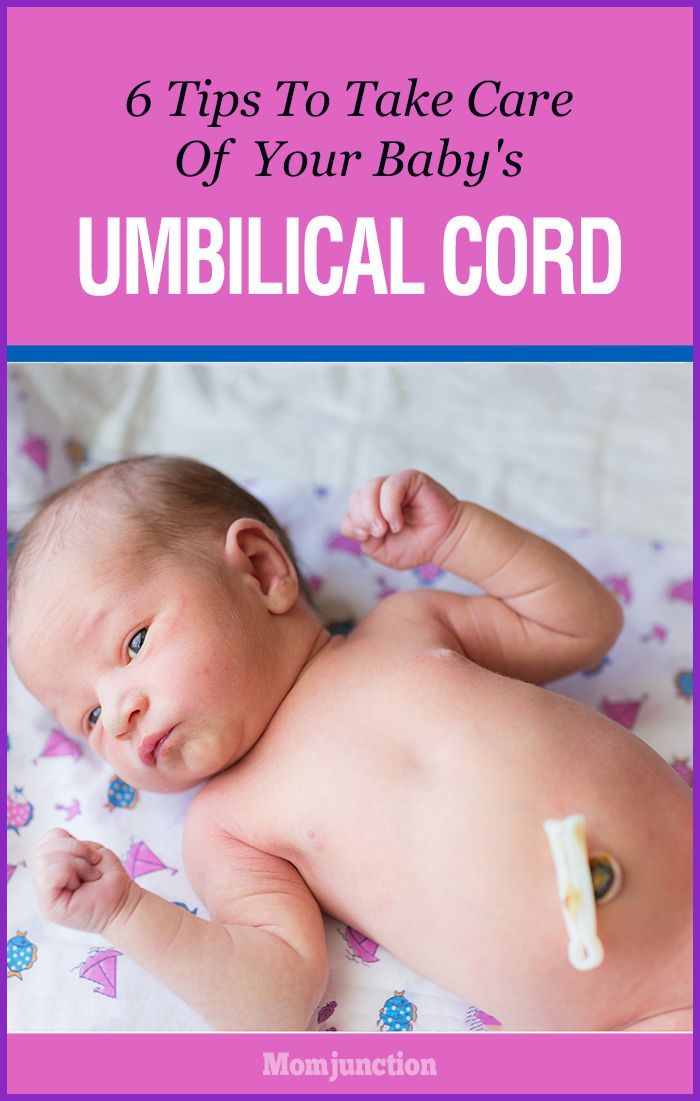
Of course, it is better to prevent diaper rash, as they can be very painful and disturb the baby.
Bathing a newborn
All mothers are interested in the question: when can you start bathing a child after discharge from the hospital?
“You can bathe the child immediately after discharge, but if you have been vaccinated with BCG, but within a day or two after the vaccination, it is better not to bathe the child so as not to wet the injection site.”
After the umbilical wound has healed, you can already bathe your child in a regular bath in tap water, gradually increasing the bathing time from 5 minutes to 30-40.
Every day while bathing the child, it is necessary to wash his genitals and buttocks, 1-2 times a week you need to wash the whole baby with soap, and also wash the child's head with a special baby shampoo.
Important! Always bathe your child with the bathroom door open, because this child will not be so cold after you take him out of the water, as the temperature difference will not be too big.
Each time the baby should be lowered into the water slowly, starting from the legs. In the water it is necessary to support the entire body of the child. If water gets into the baby's ears or eyes while bathing, it's not scary, it's quite natural!
From the first days of life, you can start easy hardening of the child. To do this, before you start bathing the baby, prepare and place a vessel with water in the bathroom, the temperature of which will be 0.5-1 degrees lower than the temperature of the water in the bath. At the end of the bath, pour water over the child from this vessel.
After bathing the baby, blot with a diaper or towel, but do not dry it, as this procedure can damage the delicate baby skin.
You also need to prepare two small cotton buds and gently twist them into the baby's ears so that the cotton absorbs the water that got into the ears during the bath. After the baby's skin is dry, it is advisable to treat the folds with baby oil.
Newborn nail care
Baby's nails should be cared for 1-2 times a week, as children's nails grow very quickly. To cut nails, you need to purchase special scissors with rounded ends. On the legs, the nails should be cut evenly, and on the hands - rounding the edges.
To cut nails, you need to purchase special scissors with rounded ends. On the legs, the nails should be cut evenly, and on the hands - rounding the edges.
Walking with the baby
In summer, you can walk with your baby the day after discharge from the maternity hospital. It is advisable to protect the child from direct sunlight. It is better to go for a walk in the summer either in the morning (before 10 am) or in the evening (after 6 pm), at this time it is not so hot.
In winter, walks are recommended to start 2-3 days after discharge from the hospital. If the temperature outside is below 10 degrees, it is better not to go for a walk with the baby.
The first walk should be very short - 10-15 minutes. Then every day it is worth walking for 10 minutes longer.
When preparing for a walk with the baby, mothers usually doubt whether they have dressed the baby correctly. In order not to miscalculate with clothes, you should always follow a simple rule - there should be as many clothes on the baby as on you, plus one more layer.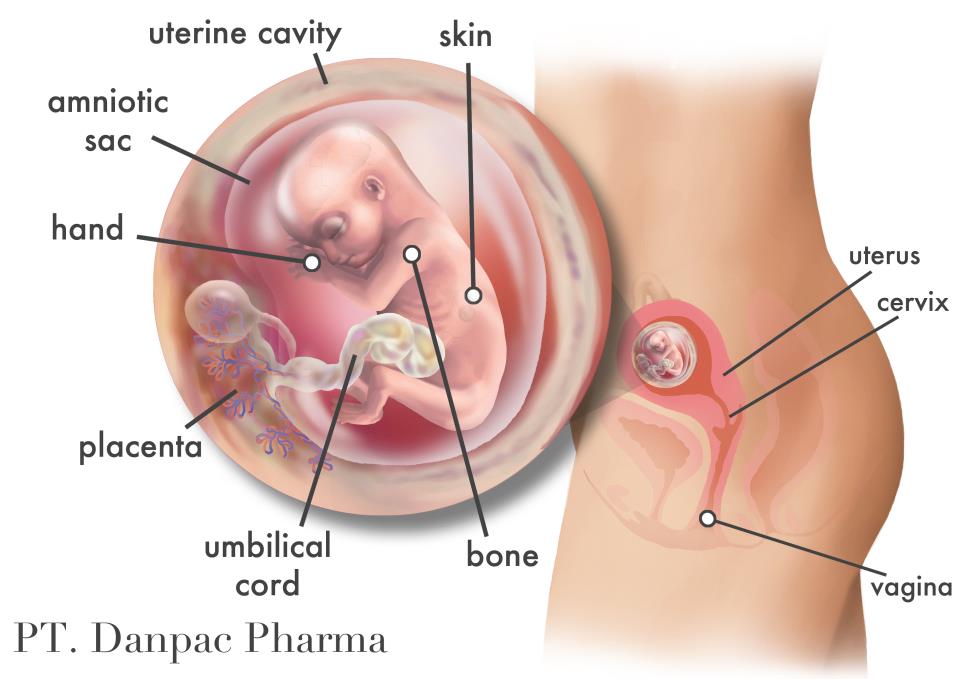 So the baby will be comfortable.
So the baby will be comfortable.
Of course, during a walk it is worth checking the condition of the child. In the summer, it is important not to overheat the baby: if the child turns red, then it is worth taking something off him, he is hot.
In winter, there is a high risk of freezing. If the baby is cold, he will have cold hands, feet and nose, in which case an extra blanket will not hurt.
A.H. Abzalova,
neonatologist
and nutrients for a fulfilling existence. After the birth of a child, the medical staff of the maternity hospital treats the umbilical cord with alcohol and cuts it with sterile scissors, after which a clamp is applied. Before the umbilical cord residue disappears, it does not require special care, it is enough to wipe it twice a day with clean boiled water.
Of course, while the mother and baby are still in the maternity hospital, everything is easier, because there is a neonatologist nearby who controls this process.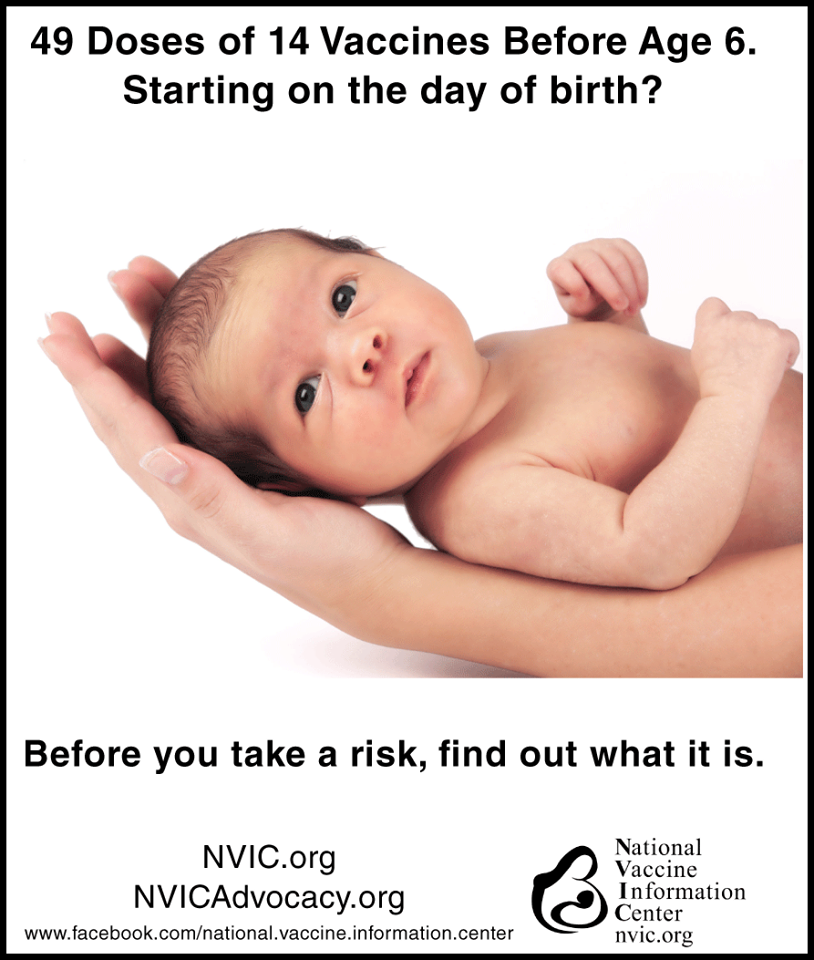 But when he gave permission for discharge, the care and custody of the kids falls on your shoulders.
But when he gave permission for discharge, the care and custody of the kids falls on your shoulders.
Young mothers are interested in how many days the umbilical cord falls off in a newborn. On the 4-5th day, the umbilical cord, which was a knot, dries up and detaches itself. It happens that this happens only after 10-15 days, this range is considered acceptable. A small wound remains at this place, which also needs to be processed. In no case should you try to speed up the approach of this moment, because this is a completely natural process, and it should proceed spontaneously. The only thing you can do is to provide free access to the baby's navel of air. Thanks to air baths, the remainder of the umbilical cord will dry out a little faster and, accordingly, will fall off much earlier.
In the first days after the umbilical cord falls off, the wound may bleed, this may occur because the blood vessels pass close to the navel and are damaged quite easily, most likely the result of damage to the crust on the wound during a change of diaper or clothes, a frequent case is the pressure on this area, caused by the strong crying of the baby.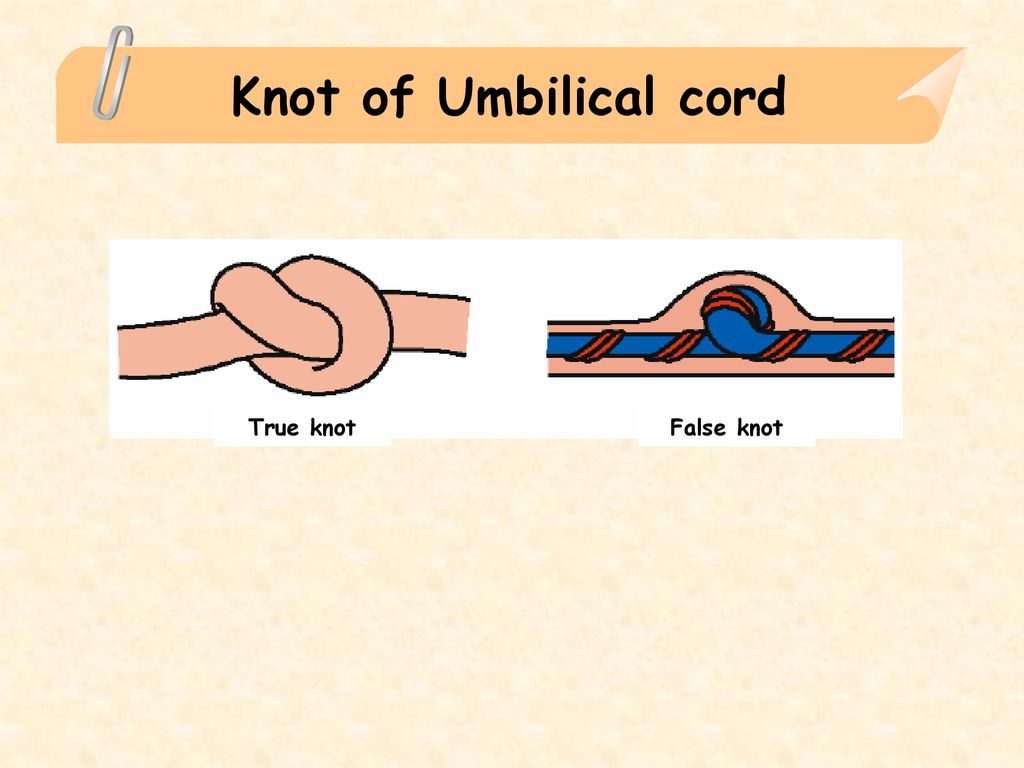
During this period, it is very important to properly care for her. And then, if you act according to the recommendations, the umbilical wound will heal very quickly and will not be able to create any complications for the tiny organism.
Therefore, the general rules, under which, your baby will be fine:
- First of all, any intervention in the treatment of a wound should begin with washing hands.
- all things that touch the wound should be sterile clean, the baby's clothes while the wound is not healed should be well washed and ironed.
- when washing a child under running water, you also need to make sure that dirty water does not get on the navel.
- you should not treat the skin around the navel with brilliant green, because if the skin starts to turn red and inflamed, you will not notice it right away.
- treatment of the navel should not be done more than twice a day. Often disturbing the wound, you prevent it from healing quickly.

- do not put a baby that has not reached 3 weeks of age on the tummy. It is worth waiting until the wound heals.
- do not cover the navel with plaster
- an important component in this case is the diaper. You can choose with a cutout for the navel, choose exactly those among the variety, look for the NEWBORN mark “newborn” or with the abbreviation NB, although it happens that this cutout is not provided in some models. Also, when choosing, you should focus on the weight of the child indicated on the package, because the smallest size is usually up to 5 kilograms. If necessary, the notch can be cut out on its own, or, if necessary, wrapped, making sure that it does not overlap the wound, but does not pinch it, and does not interfere with the free access of air
If all these rules are not followed, even with proper processing, it can become inflamed and start to get wet.
To treat an umbilical wound after the root has fallen off, you will need:
3% hydrogen peroxide solution, 1% alcohol solution of brilliant green, or in some cases 5% alcohol solution of potassium permanganate, cotton wool, cotton buds, pipette.
 Having all the necessary attributes with you, after washing your hands, you can start washing. To begin with, on the crust formed on the wound (since such a formation serves as an excellent breeding ground for harmful bacteria), we drip a few drops of hydrogen peroxide (it will create unacceptable conditions for the development of microorganisms), after 10-15 seconds, when the crust on the wound gets wet, remove it with a cotton swab if necessary, you can repeat the procedure again, or make a compress. It is strictly forbidden to remove the skink dry, or to do it by force, as the umbilical wound may begin to bleed. After the cleaning procedure, carefully stretch the wound with the thumb and forefinger, and with a cotton swab (previously dipped in brilliant green), lubricate the wound, while it is advisable not to smear the skin around, because brilliant green has the property of drying, moreover, if there is some kind of inflammatory process, the consequence of which is usually redness at the edges, then with inaccurate smeared inflammatory processes simply will not be visible.
Having all the necessary attributes with you, after washing your hands, you can start washing. To begin with, on the crust formed on the wound (since such a formation serves as an excellent breeding ground for harmful bacteria), we drip a few drops of hydrogen peroxide (it will create unacceptable conditions for the development of microorganisms), after 10-15 seconds, when the crust on the wound gets wet, remove it with a cotton swab if necessary, you can repeat the procedure again, or make a compress. It is strictly forbidden to remove the skink dry, or to do it by force, as the umbilical wound may begin to bleed. After the cleaning procedure, carefully stretch the wound with the thumb and forefinger, and with a cotton swab (previously dipped in brilliant green), lubricate the wound, while it is advisable not to smear the skin around, because brilliant green has the property of drying, moreover, if there is some kind of inflammatory process, the consequence of which is usually redness at the edges, then with inaccurate smeared inflammatory processes simply will not be visible.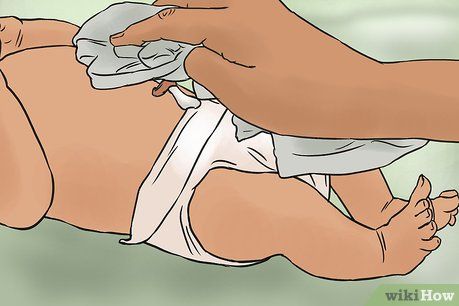 In order to make it easier to monitor the condition of the wound, you can use, with the permission of the doctor, another antiseptic. For example, Chlorophilipt's solution or Xenoform
In order to make it easier to monitor the condition of the wound, you can use, with the permission of the doctor, another antiseptic. For example, Chlorophilipt's solution or Xenoform This procedure should be carried out twice a day, in the morning and after bathing. Ideally, it should heal in about two weeks. But much depends on the thickness of the umbilical cord, and on the depth of the notch that was formed during its excision.
If the wound is in no hurry to heal, and you notice that:
- the navel of a newborn becomes wet (this means that an infection has got there)
- the umbilical wound bleeds too much and often, and the discharge does not stop after treatment.
- edema, suppuration or an unpleasant odor appeared.
- the skin around the navel is reddened and inflamed
- grayish or yellowish liquid comes out of the wound
- the child is restless, does not eat well, sleeps, is nervous, she has a fever, does not gain weight.
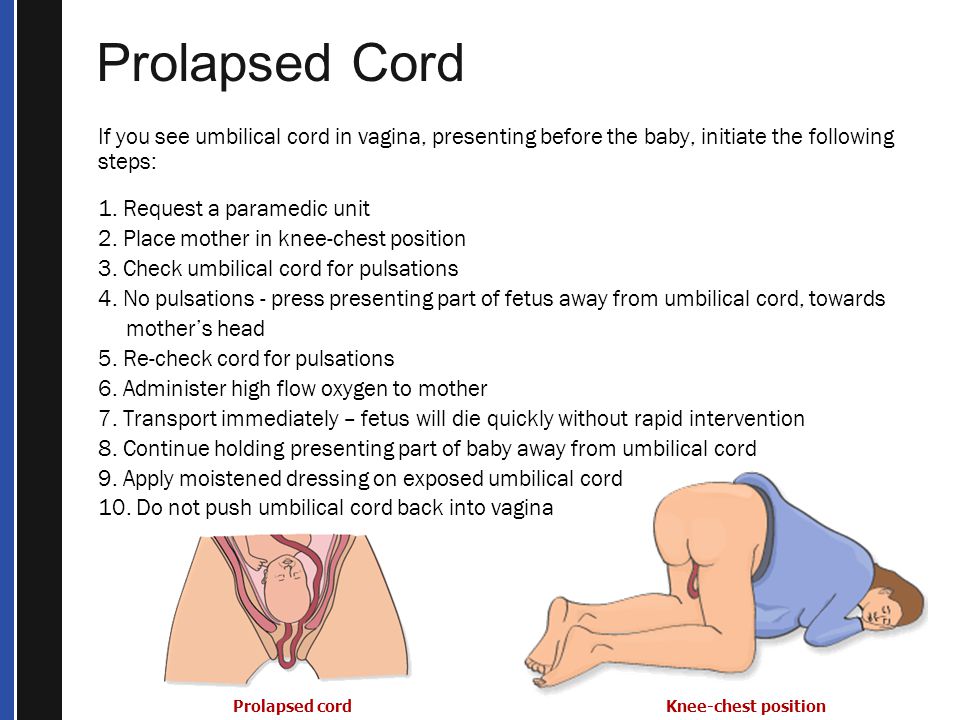
- the navel bleeds and does not heal at the end of the month after the umbilical cord falls off
- sometimes in children there is a hernia in the navel, in the form of a bump, which becomes larger when the baby starts to cry or scream (most often it disappears after the wound heals)
with all these symptoms, you need to urgently contact a specialist to prescribe antibiotic therapy, according to the patient's condition, in order to avoid complications. After all, sometimes, even with all the rules of hygiene, the navel of a newborn gets wet. Finding out this by the behavior of the child is almost impossible. If you start the process, then the development of serious complications is not ruled out: inflammation of the navel (omphalitis), a fungal tumor, and even peritonitis and sepsis - blood poisoning. Do not think that we want to scare you with this article, just "familiar means reinsured", so do not panic. Such diseases will not come if timely measures are taken.
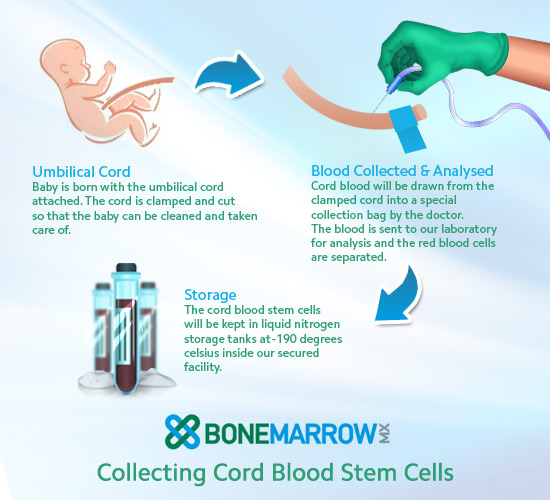
If the parents are faced with a similar situation, the child should be taken to the doctor immediately. Only a specialist can assess the condition of the wound and prescribe an adequate treatment for this problem. After all, sometimes simple antiseptics are not enough, and additional procedures will be needed, for example, quartz treatment. With strong inflammatory processes, sometimes you even have to use an antibiotic - in the form of a powder or ointment. But in any case, you should not worry, because in most cases everything is solved much easier.
Another question that young parents ask, is it possible to bathe a child whose umbilical wound has not yet healed? Yes, you can, but a prerequisite is boiled water with the addition of several manganese crystals to it.
The main sign that the umbilical wound has healed is the alignment of skin color with the color of the tummy.
After reading this article, in any case, you need to consult a doctor, and do not act on your own.
